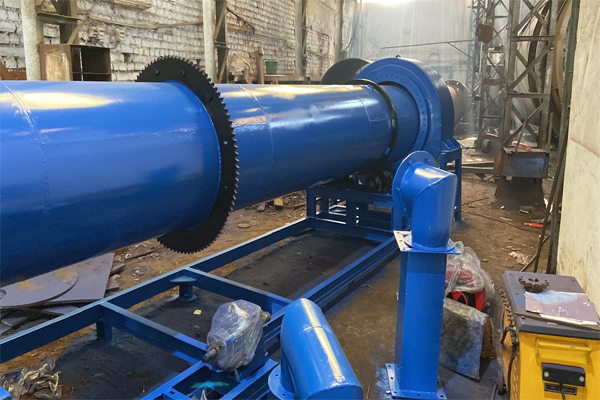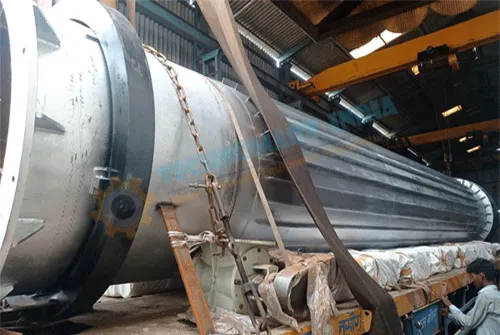A ceramsite rotary kiln operates through a continuous thermal process that transforms raw materials like clay, shale, sludge, or fly ash into lightweight ceramic pellets. The process begins with the preparation and feeding of these raw materials into the upper end of a slightly inclined, rotating kiln.
As the kiln rotates, the materials gradually move toward the lower end while being subjected to a rising temperature gradient. In the preheating zone, residual heat from the kiln’s lower section begins to dry and warm the materials.
As they progress into the firing or calcination zone—where temperatures can reach 1100 to 1200°C—the raw mix undergoes thermal expansion, sintering, and partial melting, forming porous, hardened ceramsite particles. The materials then move into a cooling zone where they are rapidly cooled to retain their structure and prevent over-firing.
Finally, the ceramsite pellets are discharged, sorted by size, and stored for use in construction, filtration, or horticultural applications. The rotary kiln's rotating motion, combined with its controlled temperature zones, ensures uniform processing and high-quality end products.





